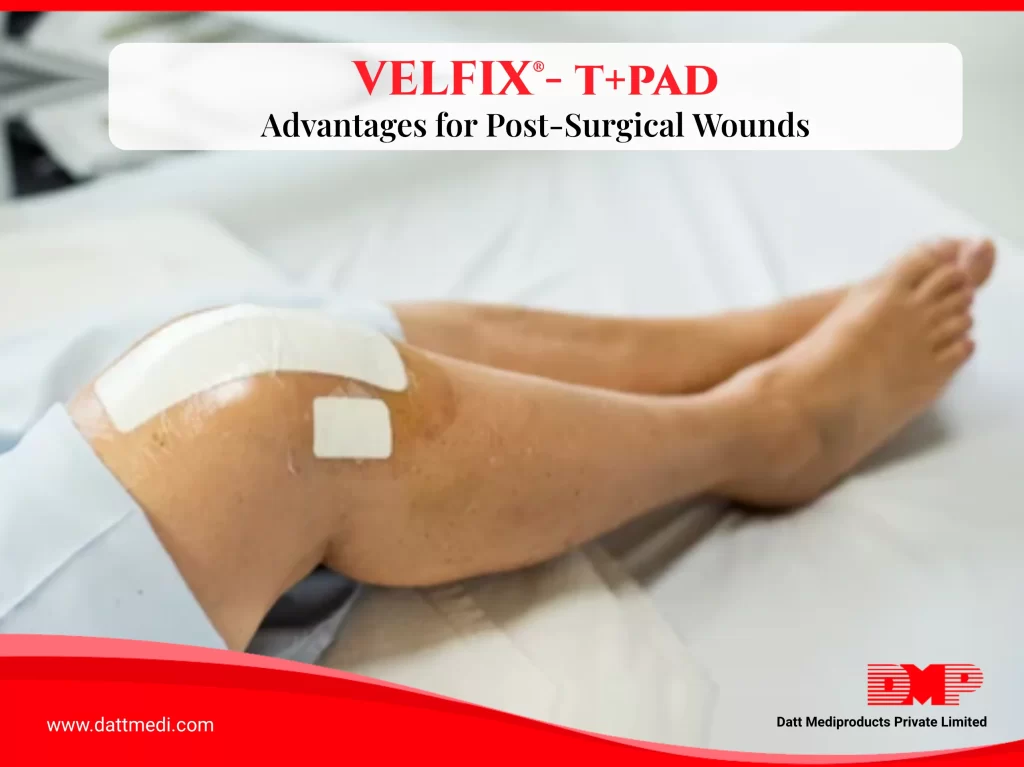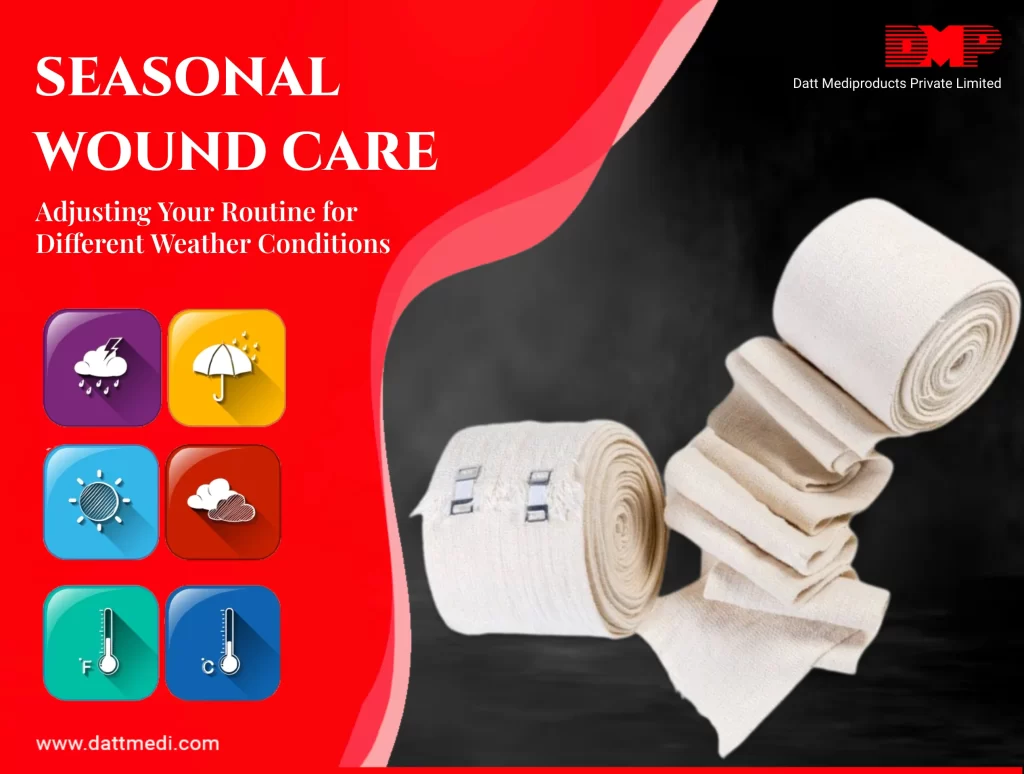
Wound care has evolved significantly with the development of advanced dressings that cater to various needs. One such innovation is the Velfix®️ T-Film, a transparent film dressing made from high-quality polyurethane coated with adhesive on one side. This dressing offers a multitude of benefits, making it suitable for different wound types.
In this blog, we will explore the various applications of Velfix®️ T-Film in wound management.
Waterproof Fixation of Wound Dressings
One of the primary applications of Velfix®️ T-Film is its use as a waterproof fixation dressing. The film’s impermeability to liquid, water, and bacteria ensures that the wound remains protected from external contaminants. This feature is particularly beneficial for patients who need to shower or come into contact with water during their daily activities. The Velfix®️ T-Film acts as a barrier, keeping the wound dry and preventing infection while allowing moisture vapor and gases to pass through, promoting a healthy healing environment.
Managing Acute Wounds such as Abrasions and Lacerations
Acute wounds, such as abrasions and lacerations, require prompt and effective management to prevent complications. Velfix®️ T-Film is an excellent choice for these types of wounds due to its flexibility and ease of application. The film conforms well to irregular wound contours, providing a secure and comfortable fit. Its transparent nature allows for easy monitoring of the wound’s progress without disturbing the healing process.
Using Velfix®️ T-Film for Postoperative Incisions
Postoperative care involves protecting surgical incisions from infection and promoting optimal healing. Velfix®️ T-Film provides a protective barrier over postoperative wounds, reducing the risk of contamination while allowing for visual inspection without the need to remove the dressing. Its transparent nature facilitates monitoring of the wound site, ensuring early detection of any signs of infection or complications.
Protecting Minor Burns
Minor burns can be painful and susceptible to infection. Velfix®️ T-Film offers a gentle and effective solution for protecting these wounds. Its hypoallergenic adhesive ensures secure fixation without causing discomfort, while the film’s barrier properties shield the burn from external irritants. The dressing also promotes a moist environment that supports faster healing and reduces scarring.
Benefits in Treating Superficial Pressure Ulcers
Superficial pressure ulcers, often caused by prolonged pressure on specific areas of the body, require careful management to prevent further tissue damage. Velfix®️ T-Film‘s transparent and breathable design makes it ideal for these wounds. The dressing protects the ulcerated area from friction and trauma while allowing clinicians to monitor healing progress easily. Its moisture-retentive properties aid in promoting tissue regeneration and preventing infection.
Hence, Velfix®️ T-Film stands out as a versatile option in wound care, offering benefits across a range of applications. From waterproof fixation and postoperative wound management to protecting burns and treating pressure ulcers, this transparent film dressing provides a conducive environment for healing while ensuring patient comfort. Its ease of use, breathable design, and hypoallergenic properties make it a valuable tool in modern wound care practices.
Whether used in hospitals, clinics, or home care settings, Velfix®️ T-Film exemplifies innovation in wound management, enhancing patient outcomes and quality of care. For healthcare providers seeking reliable solutions to enhance wound healing, Velfix®️ T-Film proves to be an indispensable choice.
For more information on our comprehensive range of wound care products – Film & Post-operative dressings, please visit www.dattmedi.com/wound-care.html




